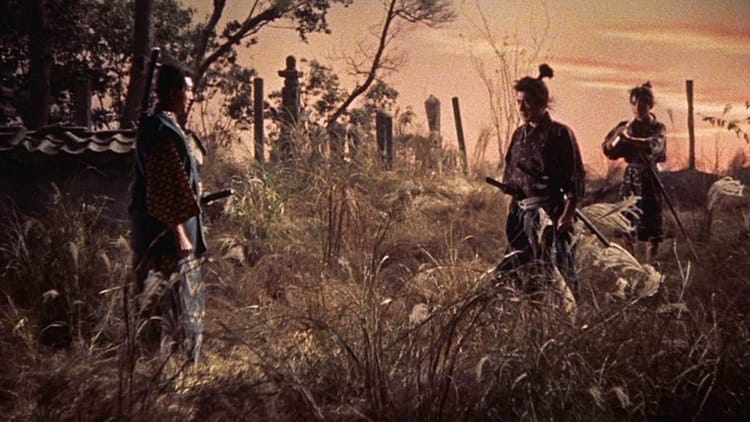Valkyrie: The Women of the Viking World

In Valkyrie: The Women of the Viking World, Jóhanna Friðriksdóttir shakes up all those tired, dusty ideas about Viking women and show you who they really were. Forget about the clichés—either they’re seen as these fierce, sword-swinging Valkyries or these helpless little homemakers. Nah, Valkyrie says it’s time to knock all that off and take a closer look. It’s a deep dive into their lives, their power, and how they shaped the Viking Age.
First off, Friðriksdóttir isn’t playing around when she redefines what we mean by “Viking.” It’s not just dudes with axes running around pillaging villages, okay? She’s like, hold up—women were right there too. They were part of this whole seafaring, trading, exploring, conquering scene. Viking women weren’t just sitting back knitting while the men did all the action. Friðriksdóttir reminds us that “Viking” is a lifestyle, and women were just as in it as men. She’s saying, let’s look at these women as individuals, not this one-size-fits-all group. You want complexity? You got it.
Now, let's talk about the valkyries. You know the ones—they’re these mythical, badass supernatural women who decide who lives and who dies on the battlefield. The way Friðriksdóttir lays it out, these aren’t just some over-the-top, mystical figures. They’re symbols of something deeper. They’re the ones giving meaning to the chaos of war. It's not just about blood and guts; it’s about destiny. The valkyries, they don’t just fight—they make decisions. That’s the real power. And through them, Friðriksdóttir is showing you how women wielded influence—divine or not.
But this book ain’t just about the myths. Friðriksdóttir has done her homework. She’s combed through the sagas, poems, archaeology—you name it—to bring the real Viking women back into focus. These women weren’t just running households. They were in the thick of things—managing estates, running businesses, and yeah, sometimes even running entire kingdoms. This is about real-life, flesh-and-blood women who had power, influence, and agency. The whole idea that Viking women were just baby-makers and housekeepers? Toss it out.
Here’s where it gets even more interesting: the book is set up around the life cycle of a woman—from birth to death. Friðriksdóttir gives you a front-row seat to Viking girlhood, marriage, family life, and finally, old age. She walks you through their emotional struggles, their marriages (sometimes more business deal than love story), and what it meant to grow old in a world as wild as the Viking Age. Friðriksdóttir is painting these women's lives in full color—bright, brutal, and beautiful.
And it wasn’t just personal lives that were complicated. Viking society wasn’t some rigid, stuck-in-place hierarchy. This was a time of wild social mobility, where you could go from zero to hero, if you played your cards right. Women, too, were part of this. They could gain wealth, influence, and power—sometimes through marriage, sometimes on their own terms. Viking women weren’t just supporting characters—they were in the driver’s seat in more ways than you think. They could be tender and fierce, protect their loved ones or rain down vengeance like a Norse god. Friðriksdóttir taps into all of that, digging deep into what it means to have power.
Now, Friðriksdóttir isn’t afraid to call out some bullshit in how history has treated these women. She takes a big swing at the Victorian era idea that Viking women were just delicate housewives while the men were out doing the real work. Guess what? That view got it all wrong. Friðriksdóttir’s research shows women were buried with weapons, not just keys to the pantry. This wasn’t Downton Abbey—they were fighters, traders, explorers, and more. And all those sagas and stories written a couple of hundred years after the fact? Yeah, they’ve got bias all over them, courtesy of Christian writers and Victorian-era moral codes. Friðriksdóttir cuts through all that noise and brings the real Viking women back into focus.
And of course, we can’t skip over the real showstopper: the Birka warrior grave. For years, people thought this grave belonged to a dude because it was loaded with weapons. But guess what? DNA testing showed it was actually a woman. Friðriksdóttir brings this warrior back to life, naming her Hervor, after a legendary female warrior from Norse lore. It’s like Friðriksdóttir is giving this long-forgotten woman her due, showing us what her life might have been like. It’s a killer mix of historical fact and imagination, and it’s one of the most compelling parts of the book.
In the end, Valkyrie: The Women of the Viking World is more than just a history book. It’s a full-blown reimagining of what we thought we knew about Viking women. Friðriksdóttir gives these women a chance to step out of the shadows and take center stage. And she doesn’t just tell their stories—she makes them feel real, with all their flaws, strength, and humanity. This book isn’t just for Viking enthusiasts; it’s for anyone who’s ever wanted to see history through a fresh, unapologetic lens.
So if you thought Viking women were just background noise in the grand saga of Viking history, Friðriksdóttir is here to set you straight. These women were complex, powerful, and, most of all, real. Valkyrie makes sure you never forget that.





